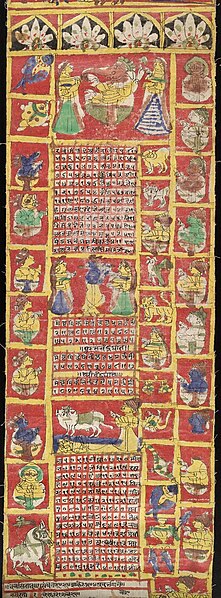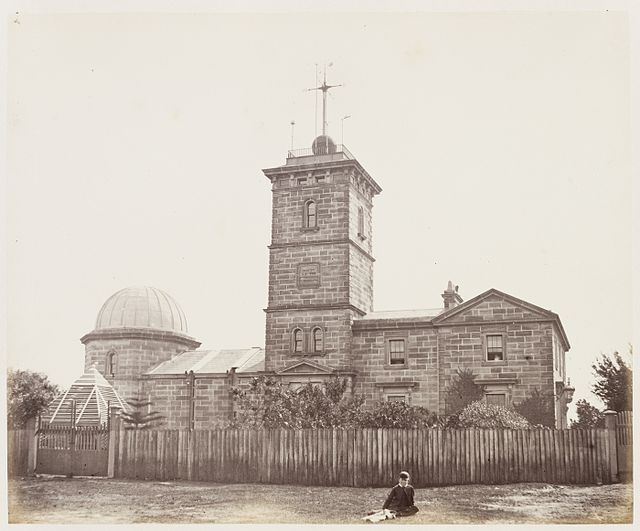Indian astronomy refers to astronomy practiced in the Indian subcontinent. It has a long history stretching from pre-historic to modern times. Some of the earliest roots of Indian astronomy can be dated to the period of Indus Valley civilisation or earlier. Astronomy later developed as a discipline of Vedanga, or one of the "auxiliary disciplines" associated with the study of the Vedas dating 1500 BCE or older. The oldest known text is the Vedanga Jyotisha, dated to 1400–1200 BCE.
A page from the Hindu calendar 1871–72.
Sawai Jai Singh (1688–1743 CE) initiated the construction of several observatories. Shown here is the Jantar Mantar (Jaipur) observatory.
Yantra Mandir (completed by 1743 CE), Delhi.
Astronomical instrument with graduated scale and notation in Hindu-Arabic numerals.
Astronomy is a natural science that studies celestial objects and the phenomena that occur in the cosmos. It uses mathematics, physics, and chemistry in order to explain their origin and their overall evolution. Objects of interest include planets, moons, stars, nebulae, galaxies, meteoroids, asteroids, and comets. Relevant phenomena include supernova explosions, gamma ray bursts, quasars, blazars, pulsars, and cosmic microwave background radiation. More generally, astronomy studies everything that originates beyond Earth's atmosphere. Cosmology is a branch of astronomy that studies the universe as a whole.
The Paranal Observatory of European Southern Observatory shooting a laser guide star to the Galactic Center
Astronomical Observatory, New South Wales, Australia 1873
19th-century Quito Astronomical Observatory is located 12 minutes south of the Equator in Quito, Ecuador.
The Suryaprajnaptisūtra, a 6th-century BC astronomy text of Jains at The Schoyen Collection, London. Above: its manuscript from c. 1500 AD.








